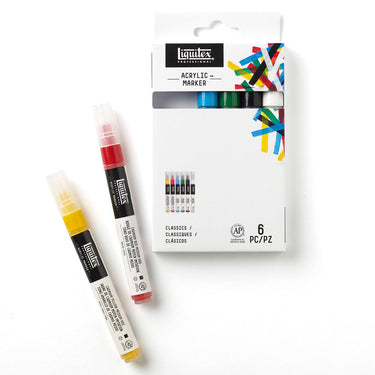Just about anything can be painted with acrylics, but it's important to understand a few basic principles to ensure maximum stability.
Your surface is the basic substructure of your painting and should be appropriate for the type of work you are making. Your choice of surface and ground has a large effect on how the paint handles during the painting process and the overall longevity of your work. Paint will tend to dry more slowly and move more freely on a smoother surface, while a more porous and absorbent surface will have the opposite affect.
BEFORE STARTING
- Before working with new materials or surface, check the compatibility with an adhesion test
- Apply your color/medium to your prepared surface and wait 72 hours for it to cure (longer in more humid conditions)
- When completely dry, score the surface in a crosshatch pattern using a sharp knife
- Apply masking tape firmly to the scratched surface and press down, then slowly remove it
- If any paint comes off with the tape, good surface adhesion has not been achieved - try a different surface prep or change your surface
WATCH OUT FOR
Substrate induced discoloration - this can occur when the water content of your acrylic medium draws impurities out of the support as it dries, sometimes causing yellow or brown discoloration over time. It occurs with all acrylic mediums currently used by major fine art paint manufacturers. You can wash and dry raw canvas or fabric before you start to minimize it and It's not a problem if painted over. The amount of discoloration in the acrylic medium will vary depending upon:
1. Quality of the acrylic medium - the resin formulation used in all Liquitex materials is clear, flexible and non-yellowing
2. Thickness of the medium application - gels are more susceptible to substrate induced discoloration than fluid mediums as they are thicker, contain more water and take longer to dry
3. Substrate used - different surfaces contain different colorants and contaminants
CUSTOM GROUNDS
- To achieve a less absorbent surface with less tooth, dilute your Liquitex gesso with Liquitex Matte Medium
- Any of our texture mediums or pastes can be mixed into gesso to create different textural effects
- The addition of Liquitex Modeling Paste will make a great, absorbent ground for pastel, charcoal and graphite drawings - try three parts gesso to one part Modeling Paste
FLEXIBLE SURFACES
PAPER
Most papers are made and labeled for particular media and require little or no preparation
Types
- Bristol board is designed specifically for acrylic painting
- Cold pressed paper and boards have a rough texture and are best for watercolor and airbrush techniques
- Hot pressed paper and boards have a smooth surface
- Heavier paper is recommended for most applications to prevent warping
Preparation
- Papers can be sealed before painting to prevent absorption into the paper fibers
- To maintain flatness tape the edges of your paper to the backing surface while sealing and do not remove the tape until your paper has dried
- If you want the color of your paper to show through, choose Liquitex Clear Gesso or Liquitex Matte Medium
- Clear Gesso contains fine aggregates, giving the surface tooth, thus making it an excellent ground for pastels
FABRIC
Types
- Liquitex acrylic colors can be used on cotton, polycotton, woven fabric, knits, felt, suede, leather, terry cloth, silk, velvet, velveteen, corduroy and flannel
Preparation
- If washable, wash and dry the fabric first to remove any sizing or starch
- Wipe leather with a clean damp cloth and dry thoroughly, give suede a brush with a suede brush
- Always do a test piece first to ensure compatibility
CANVAS
Canvas comes in many varieties including cotton, linen, jute and natural or synthetic fibers. It is available raw, pre-primed and pre-stretched on bars or boards
Types
- Raw cotton duck is the most common and popular style of canvas used
- Linen offers superior strength and longevity but isn't necessarily ideal for acrylics due to its oil content
- Jute isn't considered a permanent surface but you can use it for texture and is very cheap
- Synthetic canvas is most uniform in texture, exceptionally strong and long lasting
- Pre-primed is commercially prepared with acrylic gesso or oil ground in a variety of styles. It's available in a variety of natural and synthetic materials and weights, weave patterns and textures, single and double primed option, which can be further smoothed with more layers of gesso and sanding. Primed canvas is more difficult to stretch than raw canvas and requires canvas pliers
Preparation
- Liquitex acrylic gessos are high quality and non-yellowing, ideal for sealing and adding tooth before oil and acrylic applications. Choose from Clear, classic titanium white, Black, Gray or Super Heavy formulations
- If you want to see the surface through your sealer, choose Liquitex Clear Gesso, Matte Medium or Matte Gel, use Super Heavy Gesso for more texture
- Apply your gesso to raw canvas after it has been stretched and stapled onto stretcher bars. This ensures a tight surface. Don’t stretch it too tightly as this can cause the stretcher to warp as drying paint will cause shrinking
- Allow canvas to fully dry for a minimum of 24 hours before applying color or further coats of gesso
- Multiple coats of gesso are recommended especially if it is to be used as a ground for oil paint as you will get a smoother surface, better protection and adhesion
- You can lightly sand between applications for a smoother painting surface
- If you're on a budget and applying multiple coats, use Liquitex Matte Medium as your first coat
- Liquitex gessos can be brushed, troweled or sprayed directly onto canvas. For a smooth surface with no brushstrokes, apply with a large painting knife or squeegee, in half-circular motions or use a house paint pad and work the gesso into the weave. Then leave to dry and lightly sand with fine-grit sandpaper and apply a second layer. When spraying it may be necessary to thin your gesso with Liquitex Airbrush Medium, approximately 1:1, add more Airbrush Medium as needed
EGGSHELL CANVAS
This preparation will create a super smooth surface (like an eggshell) that is excellent for portrait and airbrush techniques
Preparation
- Wet sand your gesso surface in a circular motion until the area dries and becomes smooth using 400 grit wet-dry sandpaper and a spray mister. Be careful not to overdo the sanding as your surface may become brittle and crack
RIGID SURFACES
BOARDS
- Foamboard isn't recommended for longterm applications as it can warp, but if you do want to use it, we recommend lightly sanding the surface before applying two coats of Liquitex gesso, sanding between coats, then leave to dry overnight
- Canvas panel board is generally made of cotton canvas wrapped and glued onto heavy cardboard. It's fine for prepping but not recommended for permanent work, as it can warp and degrade
- Compressed hardboards such as Masonite, are not recommended as permanent supports. Untempered Masonite is subject to warping and is not very stable, while tempered Masonite contains oily substances that may affect paint adhesion over time. If permanence is not required, untempered Masonite can be used but you need to seal it all over with a barrier varnish such as Liquitex Soluvar, before sanding the shiny top surface and priming it with at least two coats of Liquitex gesso. Sand between coats and apply the second coat at right angles to the first
PLYWOODS
- All forms of plywood will require between 2–5 coats of gesso, harder woods are less porous and will require less to seal
- MDO (Medium Density Overlay) board is a type of plywood that is bonded with paper on one or both sides. It can be heavy, but offers a very smooth surface quality that's hard to achieve with standard plywood
- Good exterior-grade board provides an excellent painting support. They are available in 1/8” thickness of mahogany, birch, maple and oak and can be adhered to wooden stretchers to prevent warping
FIBREGLASS
- Fibreglass can be painted with acrylics or oils if the surface is prepared properly
- First sand or sandblast the surface and remove any residual dust
- Then coat with an industrial solvent-based, primer-sealer such as KILZ (for water-based media), and allow to cure for three days
- Test for proper adhesion, lightly sand, apply Liquitex Gesso and leave to dry overnight
- Re-test adhesion then paint surface and apply Soluvar varnish as a finishing coat
METAL AND GLASS
- Prepare metal and glass for acrylic paint adhesion by sandblasting or sanding with 400-grit paper
- Etch aluminum with 5% lye solution for 4-5 minutes, glass can be acid-etched or sand blasted
- Degrease surface and coat with an industrial primer (for water-based media), then leave to dry fully and test adhesion. Apply Liquitex gesso (spray or brush), leave to dry for three days and re-test for adhesion
PLASTIC PANELS
- Surface preparation will depend on the type of plastic you are using - it must be chemically inert so that it will not react with the paint film over time
- A slight tooth is required for paint adhesion - if none exists, sand it with a fine or medium grade sand paper, wearing a dust mask, where paint is to be applied
- Once ready use Liquitex Matte Medium or Matte Gel and one or two coats of Liquitex Gesso or Clear Gesso for an opaque or transparent ground
- Both sides of the sheet can be painted to give dimensional qualities
- Apply Soluvar Varnish to protect and seal your finished work
ACETATE
- Acetate is a transparent, brittle plastic available in varying thickness and surface textures
- Matte acetate, textured acetate and wet-media acetate (also called “prepared acetate”) are suitable for acrylic materials; smooth acetate is not recommended for acrylic materials
MYLAR
- Mylar is a film that has all the properties and uses of acetate with additional flexibility and strength
- Much higher in price than acetate, it does not stretch, crack or yellow
- It is available with a photosensitive surface for the reproduction of line drawings and a wet-media form that needs no surface preparation
MASONRY AND CONCRETE
- Masonry and concrete must be thoroughly dry and cured before use, this may take 8–12 weeks
- All moisture must be gone and there must be no waterproofing, cement paint or silicones (often used during construction) on the surface or acrylic paint adhesion will not be permanent
- Liquitex acrylics can be applied directly to a masonry wall
- For best results apply Liquitex Matte Gel with a trowel, this will seal the wall and reduce the amount of paint needed
- After letting Matte Gel fully dry, apply one or two coats of gesso
MURALS
- You can use Liquitex acrylics for a variety of techniques including fresco, encaustic, mosaic, stained glass and photography
- Your surface must be free of grease, wax, and oil, structurally sound and free of loose particles - see our Muralling tips page for more information
PLASTERBOARD
- Use only if not previously painted with oil or alkyd paint
- Seal first with a barrier varnish like Soluvar or an industrial product (like Aqualock TM for use with water base paints)
- Leave to dry completely, then apply two coats of gesso with a brush, spray or paint pad
UNUSUAL SURFACES
- Test for compatibility with the acrylic paint as certain surfaces may have adverse reactions with paints, either immediately or over time

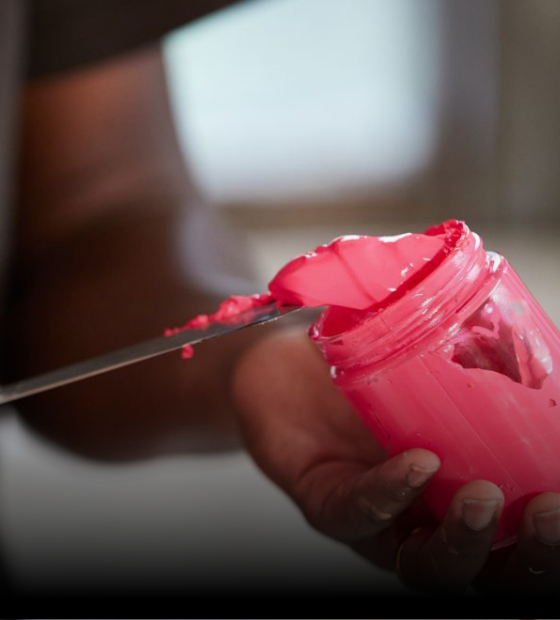
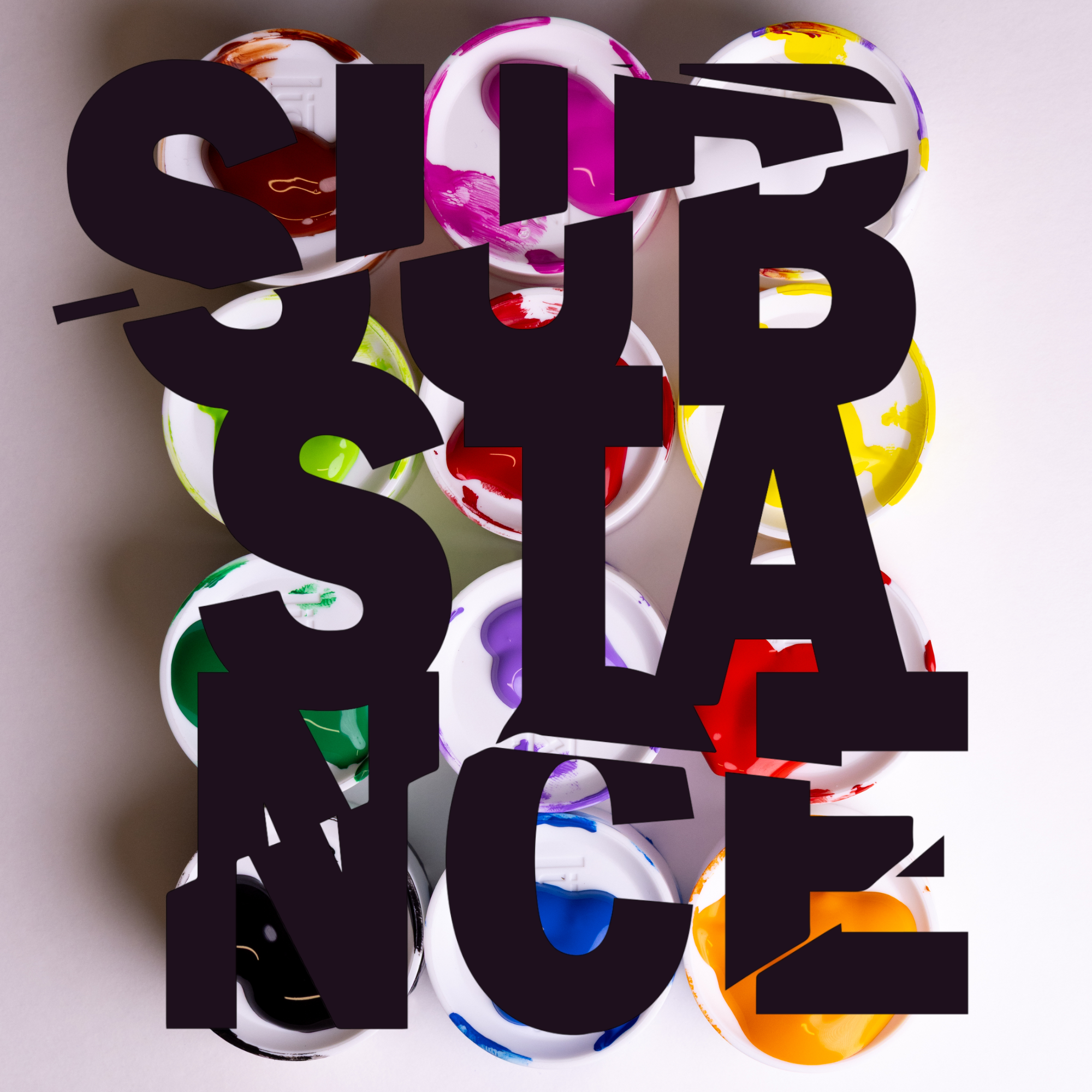
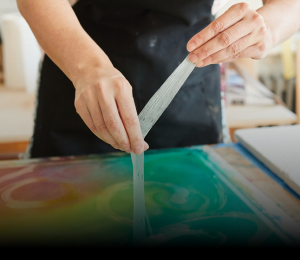
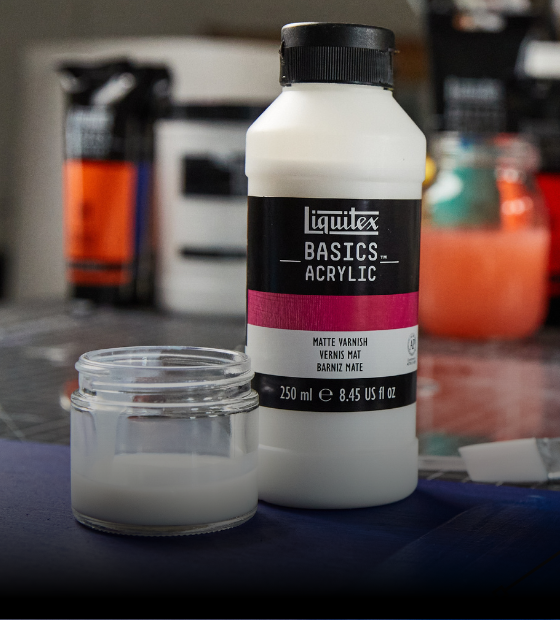
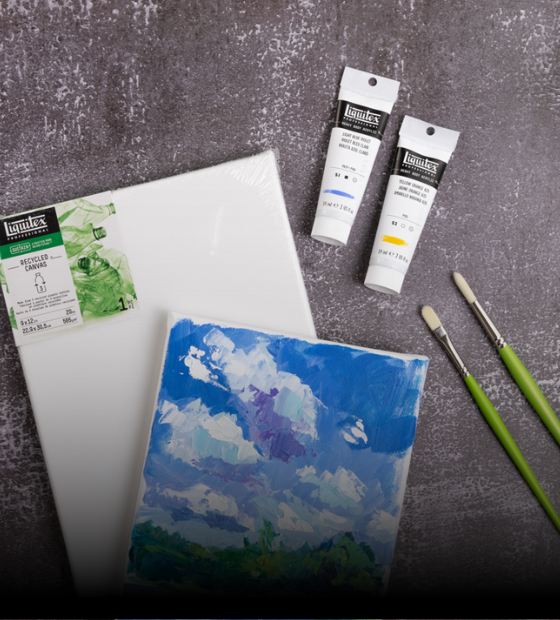
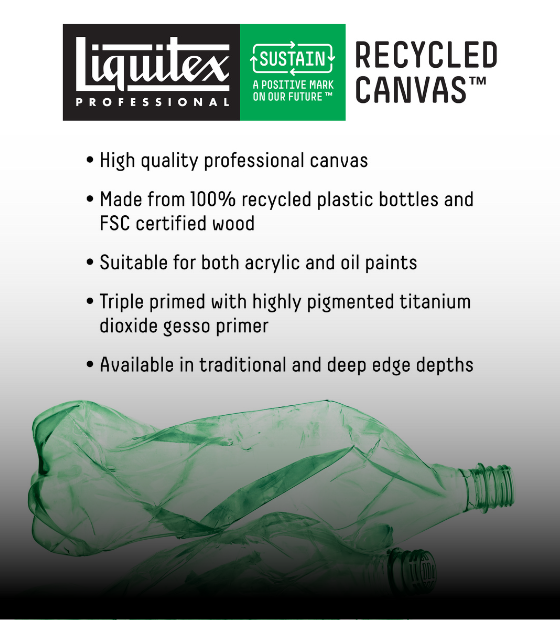
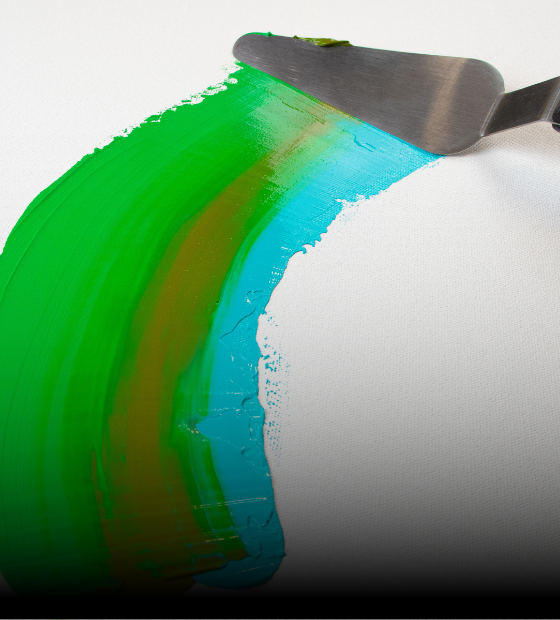
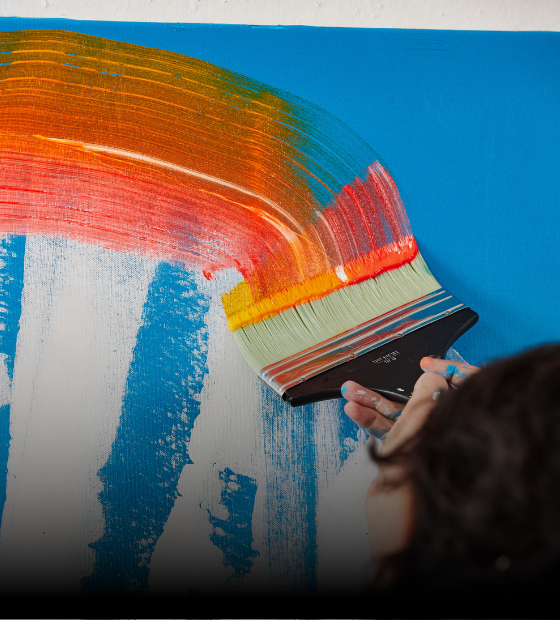
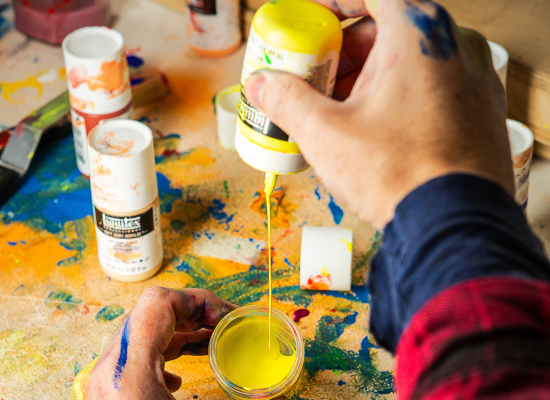
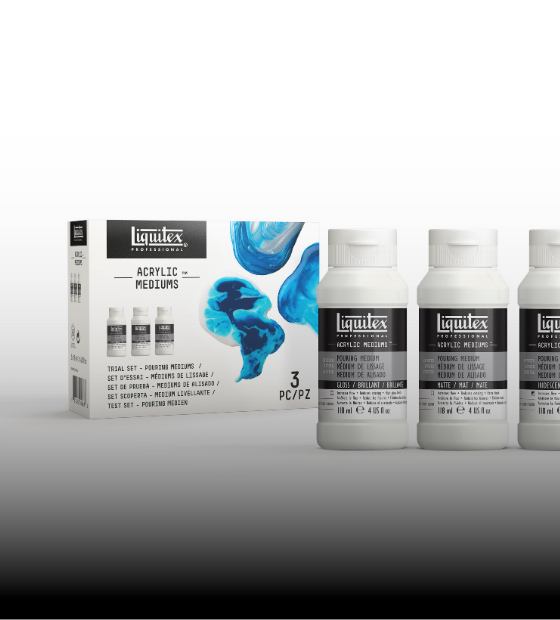
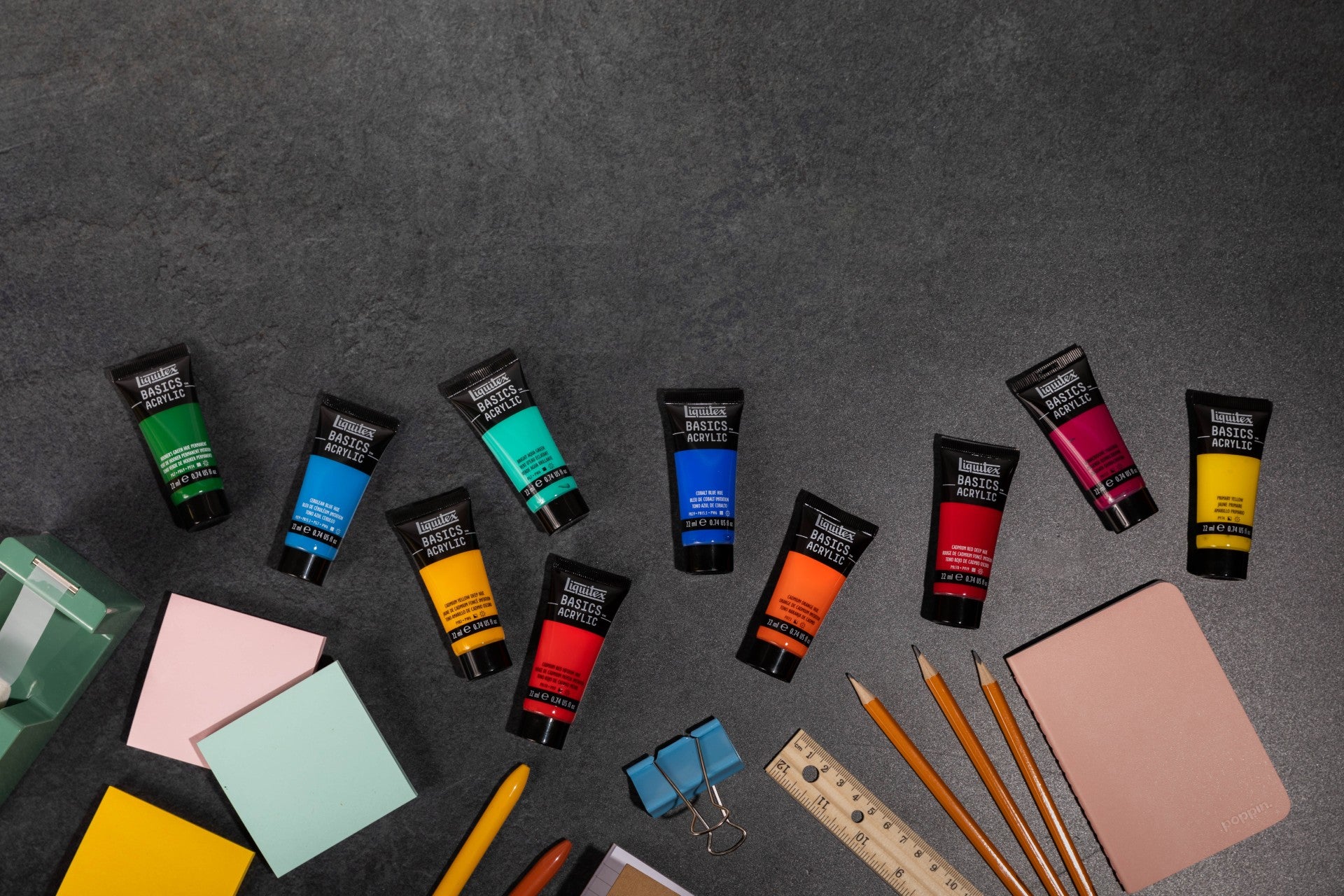
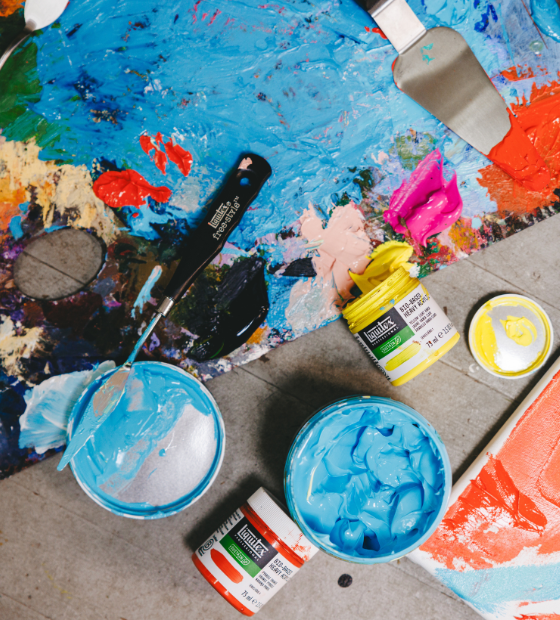


![LQX PRO MEDIUMS CLEAR GESSO [WEBSITE SWATCH]](http://uk.liquitex.com/cdn/shop/files/72010_6c51121e-2d30-47f5-89ff-d23f5d919cd3_375x375_crop_center.jpg?v=1762249843)

![LQX PRO MEDIUMS MATTE MEDIUM [WEBSITE SWATCH]](http://uk.liquitex.com/cdn/shop/files/72015_61b3eaf7-4612-4340-bd2e-029c0be5cff7_375x375_crop_center.jpg?v=1762250119)

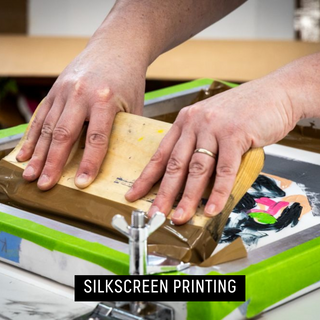
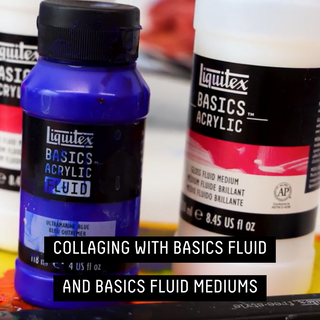
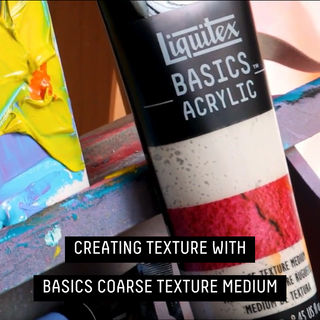
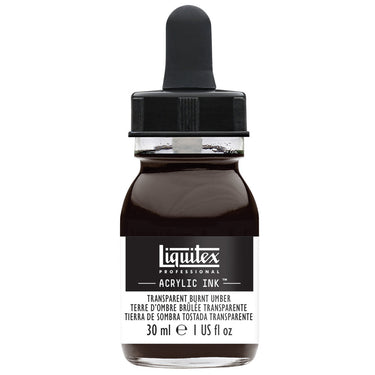
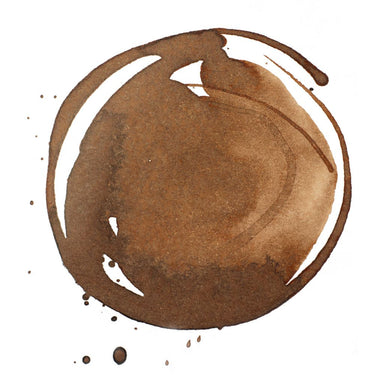
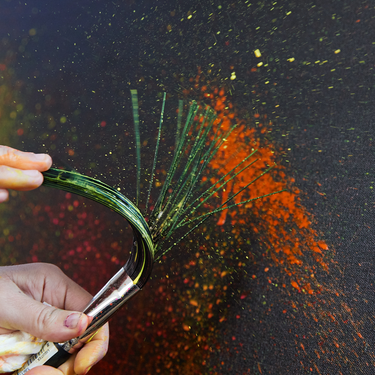
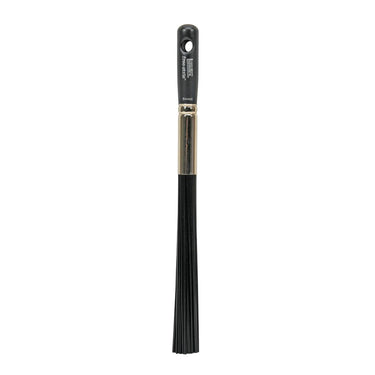
![LQX PRO MEDIUMS MATTE SUPER HEAVY GEL [WEBSITE SWATCH]](http://uk.liquitex.com/cdn/shop/files/72036_2fd2ed76-a56d-4f89-9ca7-1fa69ec8eda3_375x375_crop_center.jpg?v=1762250226)

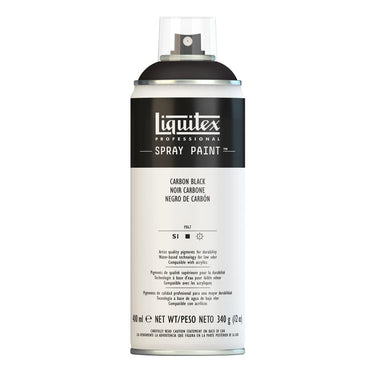


![LQX SOFT BODY ACRYLIC 432 TITANIUM WHITE [WEBSITE SWATCH]](http://uk.liquitex.com/cdn/shop/files/71889_9cee19d1-f2b0-4e93-96ba-15a49cf02af8_375x375_crop_center.jpg?v=1736474413)
![LQX ACRYLIC MARKER SET 6X 2-4MM CLASSICS [CONTENTS] 887452001225](http://uk.liquitex.com/cdn/shop/files/68762_4855e6eb-82d5-4a11-a736-1f41ab15882e_375x375_crop_center.jpg?v=1709305272)
